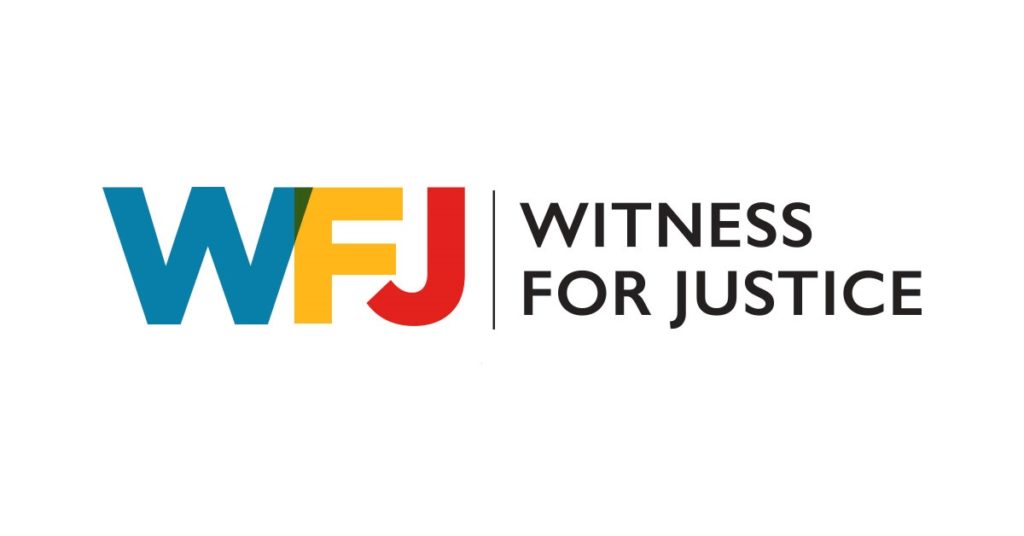“For My Neighbor”
Growing up, I had a clear boundary when playing outside on my street. I could go no further than the corner on one end and no further than my friend’s house on the other. She had an older brother who had enough years on us that he could enforce the boundary while parents stayed comfortably inside. As I approached my teen years, I spent less time with her and less time outside. That did not lessen the impact when one day I heard the stunning news that her brother had died … from a drug overdose.
He was the first young person and the first person that I knew personally to die as a result of drug misuse. Like other, more high profile cases such as Len Bias, his death came suddenly rather than through the slow decline that was associated with addiction at the time. He was a teenager with a kind heart, great sense of humor, and a village of people who loved him. For me, he remains the face of overdose prevention. When I co-established a drug awareness group in high school, it was in his honor.
Last year, I accepted an invitation to serve on the board of a local non-profit dedicated to “serving people with addiction along with offering drug education, drug awareness and harm reduction resources.” The board members represent social service agencies, fire and emergency service departments, law enforcement, high school students, and a pastor. I replaced a pastor who was personally committed to the work but received pushback from the congregation they served—a reminder that the work of destigmatizing continues. Regrettably, the church which sings boldly of God’s grace too often sets boundaries for it rather than following Jesus’ example of routine compassion.
The word compassion means “to suffer with.” The organization I joined is called LINC (Local Initiative to Network Compassion). That sounds like a description for what the church could be, should be, and thankfully often is.
Back in the 1980s, when my friend’s brother overdosed, the collective response was criminalization and shame. “Just Say No” was the name given to a national campaign that clearly telegraphed to individuals and families struggling with addiction that they were essentially on their own. The “War on Drugs” contributed to mass incarceration while pretending that ridding impacted communities of drug dealers was the goal rather than implementing a new iteration of Jim Crow. That war ravaged communities like the one I grew up in. A few years ago, I drove down my old street. That boundary I had, from the corner to my friend’s home, looks much like the wonderful working class neighborhood in which I grew up. But, when I traveled further, I found unkempt lawns, boarded up homes, and evidence of abandonment.
Today, as a society, we have made strides in nurturing compassion as a response to drug misuse and overdose prevention. Yet, the impact of “othering” continues to impede those efforts. Compassion that requires the recipient to come from your neighborhood, look like you, worship in your same faith tradition, or love like you love, fails to emulate the way of Jesus who called us to love our neighbor, enemy, and stranger as ourselves.
My childhood neighbor would be in his late 50s had he lived. And I still do this work in his honor.
ABOUT THE AUTHOR
Rev. Dr. Cheryl A. Lindsay is the Minister for Worship and Theology for the United Church of Christ.
View this and other columns on the UCC’s Witness for Justice page.
Donate to support Witness for Justice.
Click here to download the bulletin insert.
Related News
It’s Time to Get into Good Trouble
On Tuesday, April 3, history was made by U.S. Senator Cory Booker who spoke on the Senate...
Read MoreReflections on a Christian Understanding of State and Government
The testimony of both the Hebrew and Christian scriptures as well as theological reflections...
Read More“What is Wrong with You People?”
I am writing this article from New York City as I engage with CSW, the United Nations...
Read More

